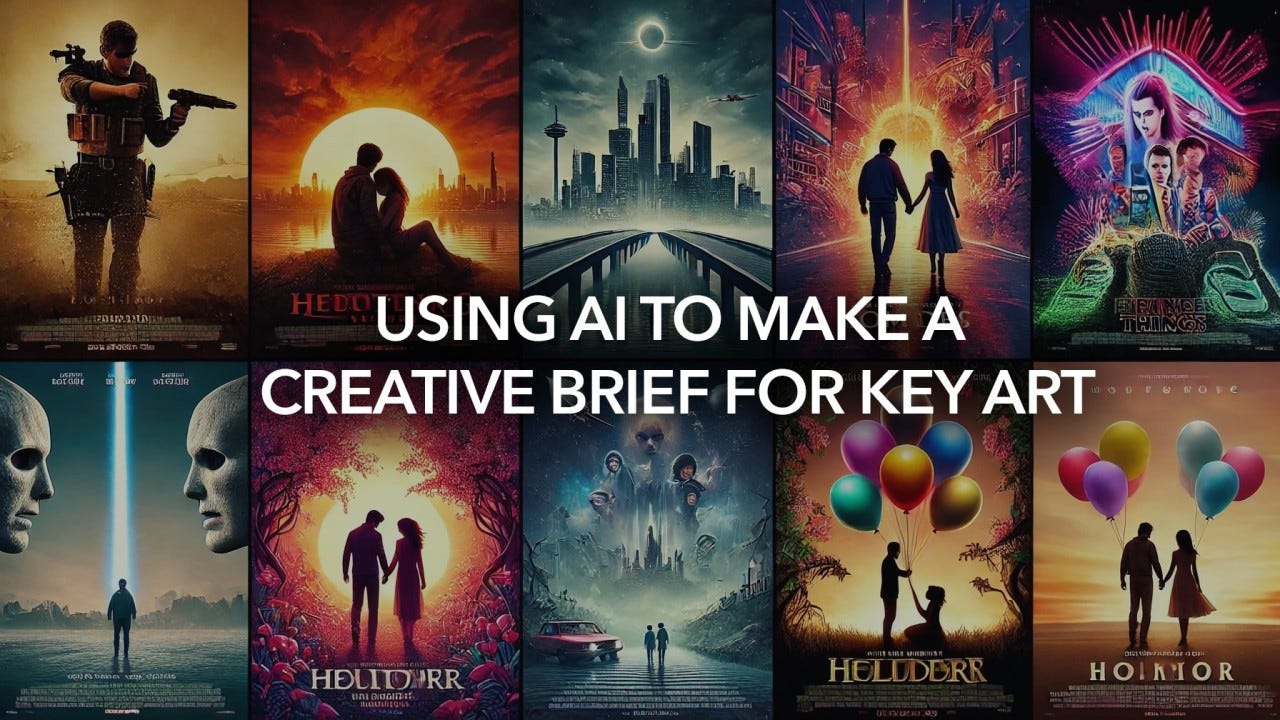Using AI to Make a Creative Brief for Key Art
PART TWO OF A MULTI-PART SERIES EXPLORING THE USE OF GENERATIVE AI IN KEY ART CREATION.
Hello, and welcome back to my multi-part exploration of how AI tools might be used to improve the Key Art production process. Disclaimer: The methodologies I’m describing in this article were performed as a test to see how fully I could replicate a Key Art production process using AI and do not represent my official opinion on how all this should be don…
Keep reading with a 7-day free trial
Subscribe to The Creative Lead Workshop to keep reading this post and get 7 days of free access to the full post archives.


